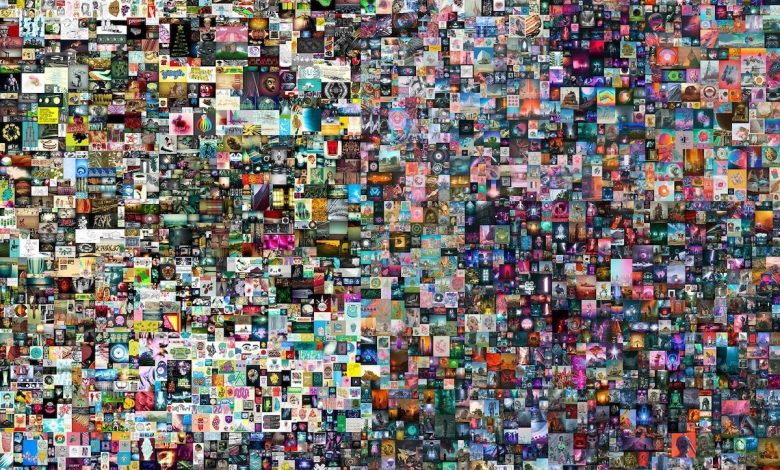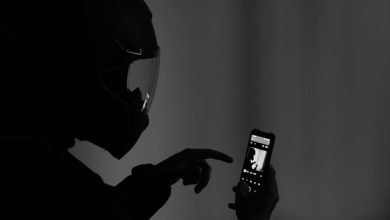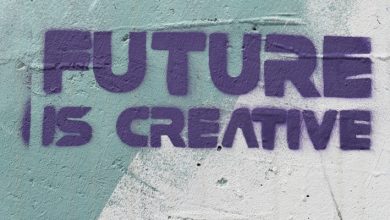NFTs and Copyright Issues: Artists’ Perspectives

- Understanding the impact of NFTs on artists’ copyright
- Exploring the challenges artists face with NFTs and copyright laws
- Navigating the legal complexities of NFTs in the art world
- Artists’ concerns and considerations regarding NFTs and copyright
- The evolving landscape of intellectual property rights in the age of NFTs
- How artists are adapting to the changing copyright landscape with NFTs
Understanding the impact of NFTs on artists’ copyright
Artists are increasingly exploring the world of NFTs as a new way to monetize their work. However, this trend has raised concerns about the impact of NFTs on artists’ copyright. NFTs, or non-fungible tokens, are unique digital assets that represent ownership of a specific piece of content, such as artwork or music. When an artist creates an NFT of their work, they are essentially creating a digital certificate of authenticity that can be bought and sold on the blockchain.
One of the main concerns for artists is how NFTs affect their copyright. While artists retain the copyright to their work, selling an NFT of their art raises questions about who owns the rights to the digital token. This has led to debates about whether NFTs infringe on artists’ intellectual property rights and whether artists are adequately protected in the digital realm.
Some artists argue that NFTs can actually help protect their copyright by providing a transparent and immutable record of ownership. By creating an NFT of their work, artists can prove the authenticity of their art and track its ownership history on the blockchain. This can help prevent unauthorized use or reproduction of their work and ensure that they receive proper credit and compensation for their creations.
Exploring the challenges artists face with NFTs and copyright laws
Artists are facing a myriad of challenges when it comes to navigating the world of NFTs and copyright laws. One of the main issues they encounter is the potential for their work to be copied and distributed without their consent. This poses a significant threat to their intellectual property rights and can result in financial losses. Additionally, the decentralized nature of NFTs makes it difficult for artists to track and enforce their copyrights, leading to a lack of control over how their creations are used.
Another challenge artists face is the lack of clarity surrounding copyright laws in the context of NFTs. The digital nature of these assets blurs the lines of ownership and reproduction rights, making it challenging for artists to understand how to protect their work effectively. This ambiguity can leave artists vulnerable to exploitation and make it challenging for them to assert their rights in the digital realm.
Furthermore, the rise of NFTs has created a new set of challenges for artists in terms of licensing and royalties. While NFTs offer a unique opportunity for artists to monetize their work directly, the lack of standardized contracts and agreements can make it difficult for them to negotiate fair compensation for their creations. This can result in artists not receiving the financial recognition they deserve for their efforts, further complicating the relationship between art and commerce in the digital age.
Navigating the legal complexities of NFTs in the art world
Navigating the legal complexities of NFTs in the art world can be a daunting task for artists looking to explore this new digital landscape. The intersection of copyright law and blockchain technology presents unique challenges that require careful consideration. One of the key issues that artists face is ensuring that they have the proper rights to the work they are tokenizing as an NFT. This includes verifying ownership of the original artwork and obtaining any necessary licenses for any copyrighted material that may be included in the piece.
Another important aspect to consider is the potential for copyright infringement when creating and selling NFTs. Artists must be aware of the rights they hold in their work and ensure that they are not violating the intellectual property rights of others. This includes being mindful of using third-party content in their NFTs without permission, as well as understanding the implications of licensing their work to collectors.
Additionally, artists should be aware of the implications of smart contracts in NFT transactions. These self-executing contracts can have legal implications that artists need to understand before entering into any agreements. It is essential to seek legal advice to ensure that the terms of the smart contract are clear and enforceable, and that the artist’s rights are protected.
In conclusion, navigating the legal complexities of NFTs in the art world requires a thorough understanding of copyright law, blockchain technology, and smart contracts. By taking the time to educate themselves and seek legal guidance, artists can protect their rights and ensure that their NFT ventures are successful and legally compliant.
Artists’ concerns and considerations regarding NFTs and copyright
Artists engaging with NFTs are facing a myriad of concerns and considerations related to copyright issues. One of the primary worries is the potential for their work to be copied and distributed without their consent, leading to a loss of control over their intellectual property. This raises questions about how copyright laws apply to NFTs and what rights artists have in this new digital landscape.
Another key consideration for artists is the issue of ownership and authenticity. With NFTs, artists can tokenize their work and sell it as a unique digital asset. However, there is a risk of counterfeit NFTs being created, undermining the value and integrity of the original artwork. Artists must carefully navigate these challenges to protect their creations and ensure that they receive proper recognition and compensation for their work.
Furthermore, artists are concerned about the environmental impact of NFTs, particularly in terms of energy consumption. The process of minting NFTs requires a significant amount of computational power, leading to high carbon emissions. This has sparked a debate within the artistic community about the sustainability of NFTs and whether the benefits outweigh the environmental costs.
The evolving landscape of intellectual property rights in the age of NFTs
The landscape of intellectual property rights is constantly evolving in the age of NFTs. Non-fungible tokens have introduced a new dimension to the world of digital art and creativity, raising questions about copyright issues and ownership. Artists are navigating this new terrain, seeking to protect their work and ensure they receive proper recognition and compensation for their creations.
One of the key challenges artists face in this new era is the issue of copyright infringement. With the ease of replicating and sharing digital files, there is a risk that NFTs could be used to distribute unauthorized copies of an artist’s work. This raises concerns about the need for robust copyright protection in the digital realm.
On the other hand, NFTs also offer artists new opportunities to monetize their creations and establish direct relationships with collectors. By tokenizing their work, artists can create unique digital assets that can be bought, sold, and traded on blockchain platforms. This opens up a new revenue stream for artists and allows them to reach a global audience of art enthusiasts.
As artists navigate the evolving landscape of intellectual property rights in the age of NFTs, it is essential for them to stay informed about the latest developments in copyright law and digital rights management. By understanding their rights and responsibilities in this new digital ecosystem, artists can protect their work and leverage the potential of NFTs to showcase and sell their art to a wider audience.
In conclusion, the rise of NFTs has brought both opportunities and challenges for artists in terms of intellectual property rights. By staying informed, adapting to the changing landscape, and leveraging the potential of blockchain technology, artists can navigate this new terrain and continue to create and share their work in the digital age.
How artists are adapting to the changing copyright landscape with NFTs
Artists are finding new ways to navigate the evolving copyright landscape by embracing Non-Fungible Tokens (NFTs). NFTs provide a unique opportunity for artists to protect their work and ensure they receive proper recognition and compensation for their creations. By tokenizing their art on the blockchain, artists can establish ownership and authenticity in a digital format.
One way artists are leveraging NFTs is by including smart contracts that outline the terms of use for their work. These contracts can specify how the art can be used, reproduced, and distributed, providing artists with greater control over their intellectual property. Additionally, artists can earn royalties every time their NFT is sold or traded, ensuring they continue to benefit from their creations in the secondary market.
Furthermore, artists are exploring collaborations with blockchain developers to create innovative ways to showcase and sell their art through NFTs. By embracing this technology, artists can reach a global audience and connect directly with collectors and fans. This direct relationship allows artists to bypass traditional gatekeepers and establish a more equitable distribution model for their work.



